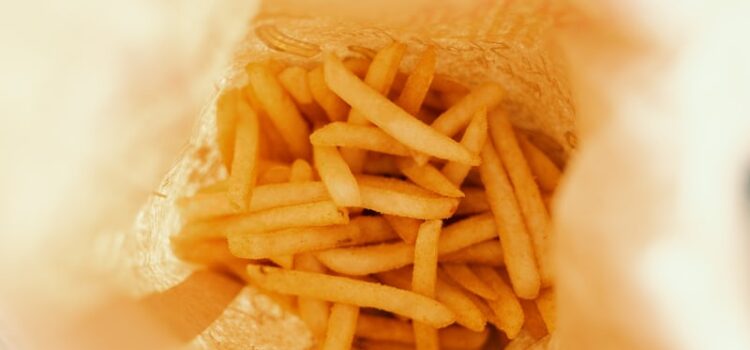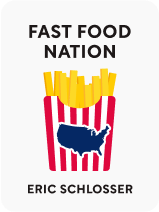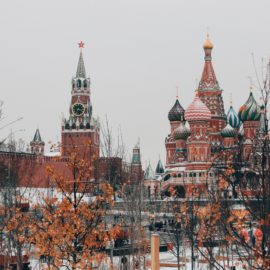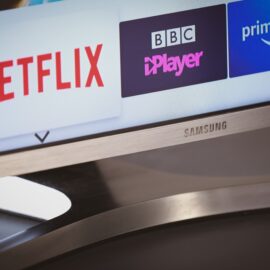

This article is an excerpt from the Shortform book guide to "Fast Food Nation" by Eric Schlosser. Shortform has the world's best summaries and analyses of books you should be reading.
Like this article? Sign up for a free trial here .
Who was the frozen food inventor? How did the invention of frozen food change agriculture and the fast food industry?
J.R. Simplot wasn’t exactly the frozen food inventor, but he did make one of the most groundbreaking products of the frozen food revolution. With his frozen french fry, Simplot made it easier for fast food companies to get the products they needed at a cheap price.
Read more about the “frozen food inventor” and the frozen potato.
Fast Food and the Rise of Frozen Foods
Because fast food was so successful, its labor practices have been exported throughout the food service industry and up the supply chain to farmers, ranchers, and meatpackers. So much food in America is no longer a product of artisanal craftsmanship, created by a skilled cook—it is a manufactured, mass-produced commodity.
In this chapter, we’re going further up the supply chain. We’re going to explore how the economics of the fast food industry have reshaped American agriculture, examine where your fries really come from, and why they taste the way they do.
J.R. Simplot
It’s hard to tell the story of fast food’s meteoric success without telling the story of the french fry. And it’s hard to do that without telling the story of John Richard Simplot, America’s potato king. While Simplot was not the “frozen food inventor” his frozen french fry product did change the game for food production in the U.S.
Born in 1909, his family moved to Idaho shortly after he was born to establish a farm (made possible thanks to government-funded irrigation projects and free public land). Leaving the family’s homestead at 15, he went into the potato industry. His business grew throughout the 1920s and 1930s as he forged relationships with commodities brokers and farmers all over the country. By 1941, he was the largest shipper of potatoes in the American West, owning dozens of warehouses across multiple states.
That year turned out to be a momentous one for the country and for Simplot, as the US entered World War Two. The swelling ranks of servicemen created a massive demand from the armed forces for food suppliers. He used his massive market share and dehydrating technology to become one of the principal suppliers of foodstuffs to the US Army from 1941-1945. He used these earnings to buy potato farms, cattle ranches, fertilizer plants, and lumber mills, all of which enabled him to achieve vertical integration up and down the supply chain. His company could now grow its own potatoes, provide its own fertilizer, process them at their own factories, and ship them from their own warehouses and lumber yards, all without ever interacting with an outside supplier.
The Frozen Food Revolution
While this was going on, frozen food was becoming more and more available to ordinary Americans. Although it had been around since the 1920s, most Americans didn’t own freezers at that time, and certainly not when the Great Depression hit just a few years later. But this would all change in the postwar economic boom of the 1950s: now, suddenly, freezers were mass-produced and cheap. Their sales soared, as did those of frozen foods.
Simplot saw a golden opportunity in the frozen french fry. They were easy to produce, easy to eat (they didn’t require a knife and fork), and there was a growing demand for them thanks to the exploding popularity of the new fast food restaurants. Indeed, these fast food restaurants (McDonald’s in particular), with their demand for a uniform and standardized product, were the ideal institutional customers for Simplot’s frozen french fries. This made sense from Ray Kroc’s perspective—they could cut labor costs and achieve enormous economies of scale by purchasing Simplot’s frozen fries in bulk.

———End of Preview———
Like what you just read? Read the rest of the world's best book summary and analysis of Eric Schlosser's "Fast Food Nation" at Shortform .
Here's what you'll find in our full Fast Food Nation summary :
- How the fast food industry reshaped the American economy
- How fast food marketing is manipulating you
- Why the rise of fast food has destroyed family farms across America






